
In October 2022, an extremely bright flash caught the attention of the Gemini South telescope in Chile. It was quickly determined to be the brightest ever seen, hence its nickname: the Brightest Of All Time (the BOAT).

In October 2022, an extremely bright flash caught the attention of the Gemini South telescope in Chile. It was quickly determined to be the brightest ever seen, hence its nickname: the Brightest Of All Time (the BOAT).
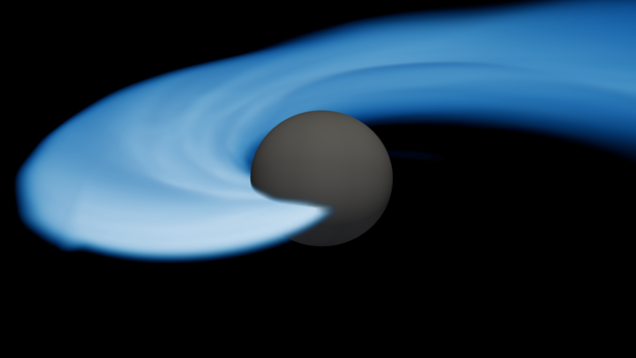
A leading gravitational wave observatory recently detected ripples in spacetime that scientists say came from the collision of a dead, superdense stellar remnant and an unknown object.

A collision of two extraordinarily dense, collapsed stars in the distant universe is providing potential clues to the axion, a dark matter candidate first proposed half a century ago.
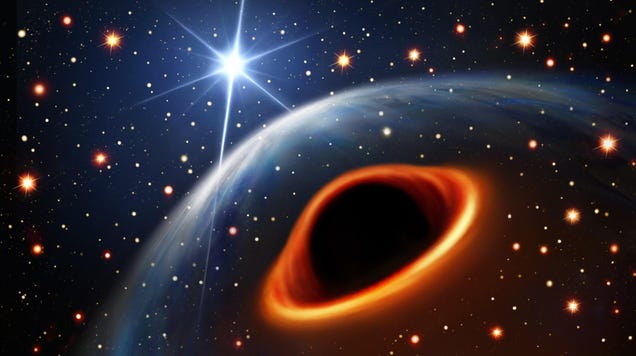
A team of scientists found a compact object 40,000 light-years from Earth that is either a very massive neutron star or an itsy-bitsy black hole, but they’re not sure which.
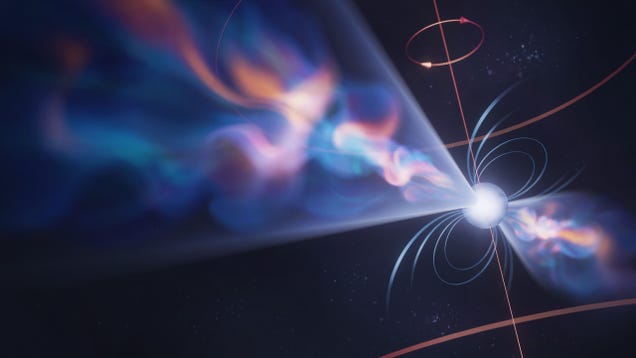
Plasma could be wrangled to collide photons and yield matter, according to physicists who ran simulations to explore the practical applications of a world-famous equation.
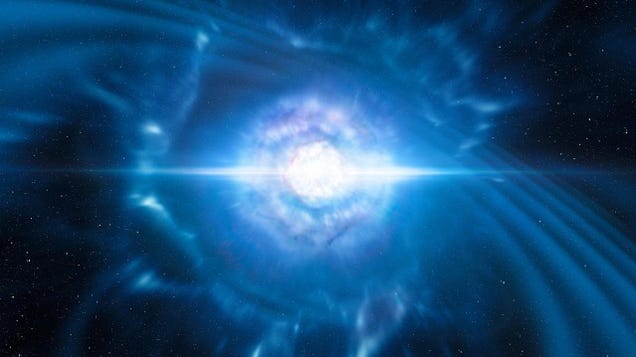
On September 7, 2022, the Zwicky Transient Facility detected a new transient object in deep space, about one billion light-years from Earth. The object was very bright, and now, a team of astronomers believes it’s a star that’s come back from the dead.
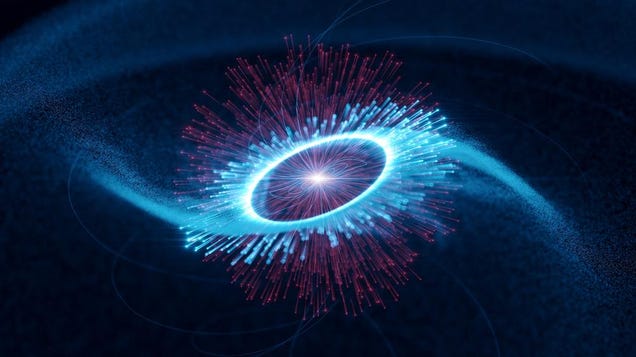
Pulsars are one of the strangest celestial bodies in space. These cosmic lighthouses emit periodic bursts of radiation from their magnetic poles, and now a team of researchers claim they have detected the largest burst ever recorded from a pulsar.
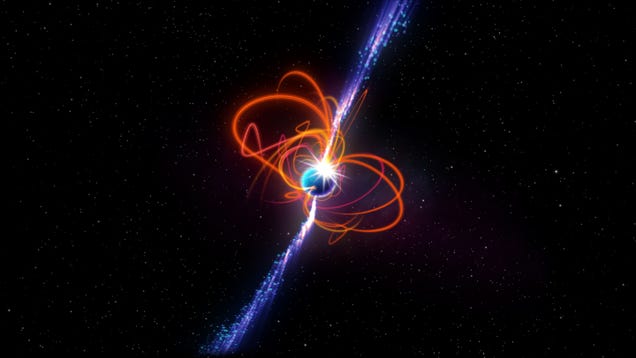
An intensely magnetic neutron star roughly 15,000 light-years from Earth is stumping astronomers with its ultra long periods, unleashing radio waves into the cosmos every 22 minutes.